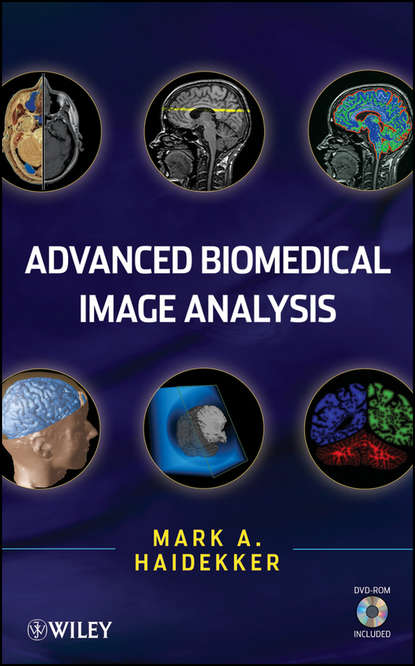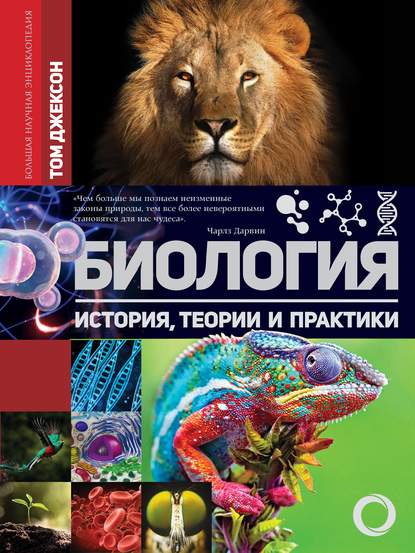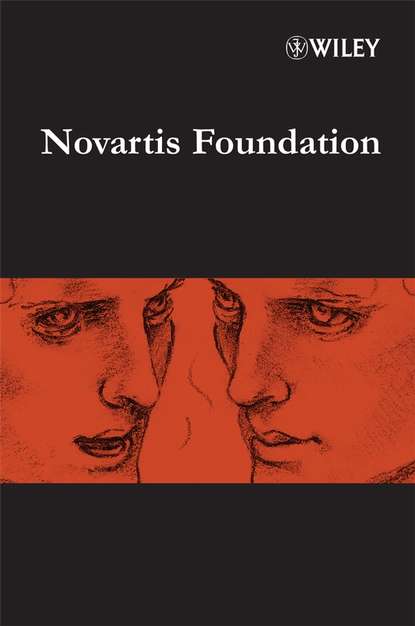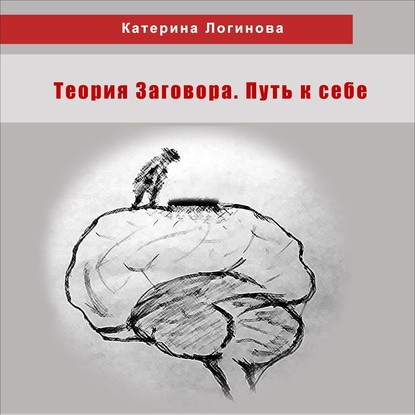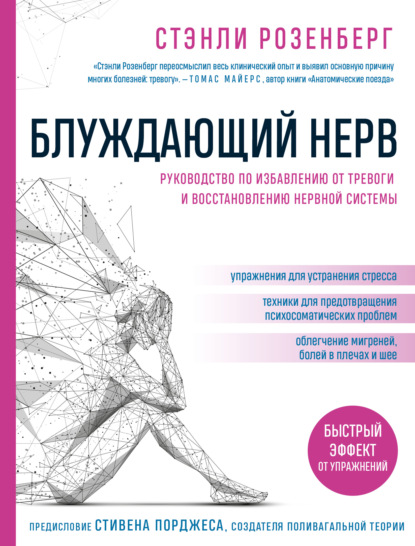"Всеобъемлющее руководство передовых методов количественной обработки и анализа изображений в биомедицине
Медицинская диагностика и вмешательства, а также биомедицинские исследования во все большей степени опираются на методы визуализации - способность получать, хранить, анализировать и отображать изображения на уровне органов, тканей, клеток и молекул. Эти задачи поддерживаются все более мощными компьютерными методами обработки и анализа изображений.
Данный текст служит авторитетным справочным пособием и руководством по самообучению, объясняющим сложные методы количественного анализа изображений, ориентированные на применение в биомедицине. Он предлагает как теорию, так и практические примеры для немедленного применения описываемых тем, а также для углубленного изучения.
В книге представлены методы в четырех основных областях обработки изображений: улучшение и восстановление изображений, сегментация изображений, количественная оценка и классификация изображений, визуализация изображений. В каждом случае дается теория, математическое обоснование и базовое описание оператора обработки изображений, а также обсуждение особенностей, преимуществ и ограничений. Приводятся ключевые алгоритмы в псевдокоде для облегчения реализации, а также биомедицинские примеры в каждой главе.
Также рассматриваются регистрация, хранение, передача и сжатие изображений, дается обзор программного обеспечения для анализа и визуализации изображений. Прилагаемый DVD содержит подборку программ для анализа изображений и большинство алгоритмов из книги, чтобы читатели могли сразу применить полученные знания на практике.
Данная книга будет полезна для научного сообщества, вовлеченного в исследования, связанные с анализом изображений, а также специалистам в сфере НИОКР. Она также хорошо подходит в качестве учебного пособия для магистерских курсов по обработке изображений в области информатики и технических наук."
This is not a book you are familiar with? Then here's the quick description I made for you: This comprehensive reference explores leading edge technologies for quantifying image processing and analysing them in medical diagnostics and interventions, plus biomedical research, supporting imaging by capturing, storing, analysing and displaying images on the organ, fabric, cellular and molecular scale. Increasingly powerful calculator methods handle the processes and analyses of images.
Comprehensive reference work on cutting edge advanced techniques in quantitative image processing & analysis.
Электронная Книга «Advanced Biomedical Image Analysis» написана автором Mark Haidekker в году.
Минимальный возраст читателя: 0
Язык: Английский
ISBN: 9780470872086
Описание книги от Mark Haidekker
A comprehensive reference of cutting-edge advanced techniques for quantitative image processing and analysis Medical diagnostics and intervention, and biomedical research rely progressively on imaging techniques, namely, the ability to capture, store, analyze, and display images at the organ, tissue, cellular, and molecular level. These tasks are supported by increasingly powerful computer methods to process and analyze images. This text serves as an authoritative resource and self-study guide explaining sophisticated techniques of quantitative image analysis, with a focus on biomedical applications. It offers both theory and practical examples for immediate application of the topics as well as for in-depth study. Advanced Biomedical Image Analysis presents methods in the four major areas of image processing: image enhancement and restoration, image segmentation, image quantification and classification, and image visualization. In each instance, the theory, mathematical foundation, and basic description of an image processing operator is provided, as well as a discussion of performance features, advantages, and limitations. Key algorithms are provided in pseudo-code to help with implementation, and biomedical examples are included in each chapter. Image registration, storage, transport, and compression are also covered, and there is a review of image analysis and visualization software. The accompanying live DVD contains a selection of image analysis software, and it provides most of the algorithms from the book so readers can immediately put their new knowledge to use. Members of the academic community involved in image-related research as well as members of the professional R&D sector will rely on this volume. It is also well suited as a textbook for graduate-level image processing classes in the computer science and engineering fields.
